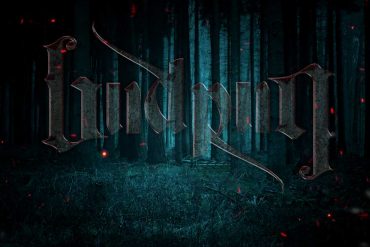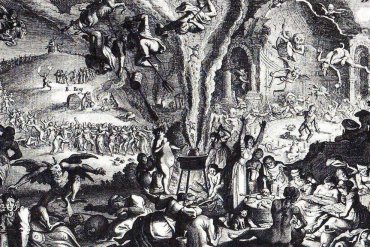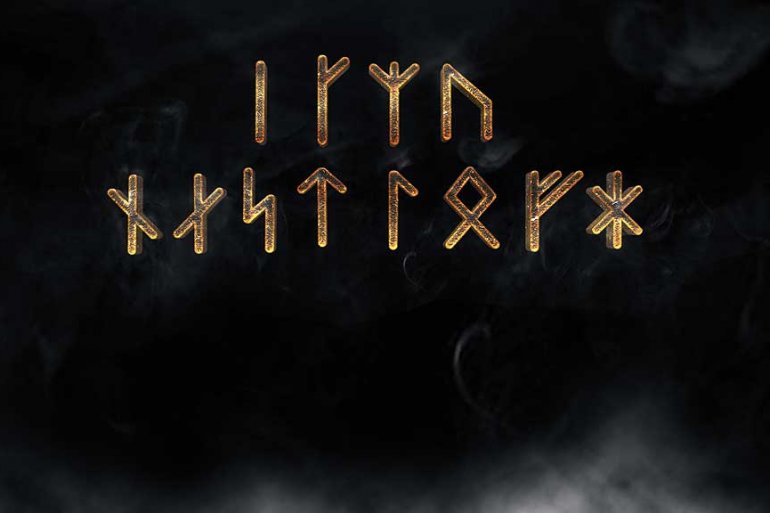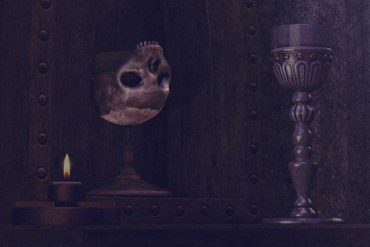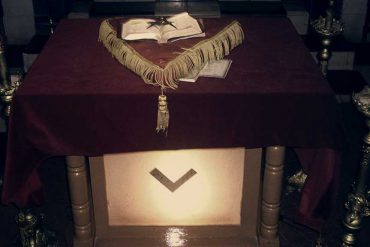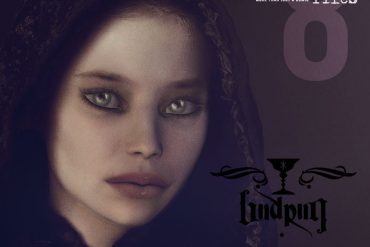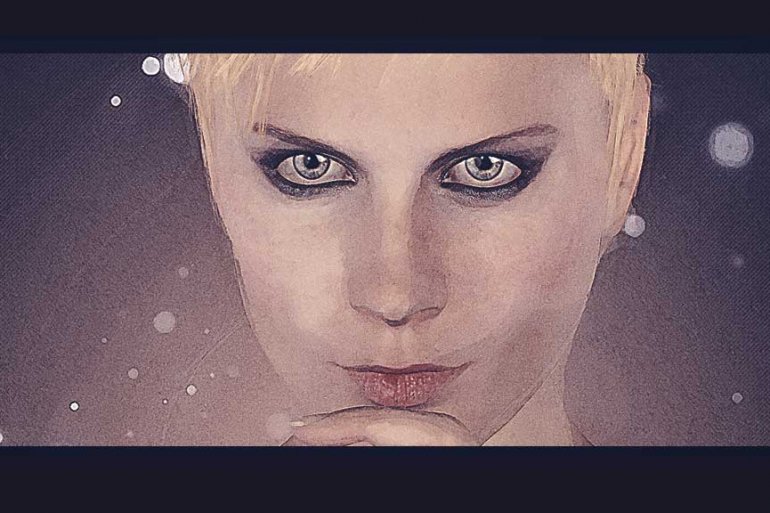The German forest is immense, vast, dense, dark, and impenetrable. It is the refuge of the exiled and of outlaws. A site of lairs for terrifying and often monstrous animals. The dwelling place for brigands and marginal individuals. The woods thereby forms a natural frontier. The Bohemian Forest (or Nemus Boemicum) to the south connects with the Bavarian Forest and the Austrian Nordwald; the forest of Falster separates Denmark from Saxony and has always been...
In the last days of paganism in Germany, the druids’ sacrifices were subject to punishment by death at the hands of the literalist Christians. Nevertheless, at the beginning of springtime the “druids” and the populace sought to regain the peaks of the mountains so that they could make their sacrifices or experience their celebrations at these remote locations, intimidating and chasing off the Christians (usually through the latter’s fear of the devil). The legend of...
From his seat in Asgard, Odin, observed the Norns at the base of Yggdrasil, and envied their skills and their foresight. The god twisted his will toward the undertaking of coming to know the Runes. The native home of the runes is the Well of Urd with the Norns and since the runes do not reveal themselves to any but those who prove themselves worthy of such fearful insights and abilities, Odin hung himself from a branch of Yggdrasil, pierced […]...
In almost all myths all over the world the same theme reoccurs. The twelve knights, twelve tribes, twelve heroes etc. In his last and longest dialogue (Laws), Plato teaches: There are twelve feasts to the twelve Gods who give their names to the twelve tribes. Also in early christianity, the image of twelve disciples with the Godman figure at their center echoes the twelve constellations which revolve in the heavens around the pole star. Are...
Why should we bother to work with gods and goddesses in the first place? Almost every religion includes some form of mythology, from the earliest and most primitive practices to the more modern and “scientific” variants, which tend to disguise their myths as symbology or history. It is obvious that these god figures and their stories, whatever one chooses to call them, are important and meaningful to humanity, a vital and intrinsic part of our...
In the rich tapestry of Old Norse literature, tales of encounters between Christian kings and the remnants of the old gods persist as fascinating narratives that reflect the complex interplay between the pagan past and the emerging Christian present. One such tale unfolds in the saga of Óláfs Saga Helga, captured vividly in the introductory quote. ‘Have you no desire to be like that king who was victorious against all whom he fought,who was handsome also, and accomplished in all […]...
The date of the founding of the Odinic Mysteries is uncertain, some writers declaring that they were established in the first century before Christ; others, the first century after Christ. Robert Macoy, 33°, gives the following description of their origin: “It appears from the northern chronicles that in the first century of the Christian Era, Sigge, the chief of the Aser, an Asiatic tribe, emigrated from the Caspian sea and the Caucasus into northern Europe. He...
In Sanskrit, skull cups are known as kapala, and they are generally formed from the oval section of the upper cranium. They served as libation vessels for large numbers of deities, which were mostly wrathful. However, they are also seen with gods such as Padmasambhava (India), who holds the skull cup, which is described as holding an ocean of nectar that floats in the longevity vase. This Elixir was at the heart of many secret...
Popular culture has carved a deep impression of faeries as gentle, benevolent, and adorable creatures, like the bumbling trio from Sleeping Beauty or the precocious Tinker Bell. Glittery, spritely, generally of good nature, and existing solely to help mortals: this is how most modern people understand faeries. Traditional faery lore, however, paints a very different picture. Faery lore is deeply tied to the spirituality of the Celtic world, particularly in Ireland, where the human relationship to faeries has historically been a […]...
Of all kinds, the Altar is one of the most common pieces of lodge furniture in secret societies, usually placed at the center of the lodge room, draped with an altar cloth, and provided with one or more symbolic objects. The existence of altars in lodge rooms is one of the facts most often pointed out by Christian critics of secret societies to claim that the latter practice a non-Christian religion. In some cases this...
The anima as a friend or soror mystica (mystical sister) has always played a great role in history. In the “cours d’amour” (courts of love) of René d’Anjou she even takes precedence over the wife. The term maîtresse actually means mistress or master. In the Middle Ages, for example, the worship of the anima led to courtly love, in which the knight was committed to his lady and was at her service. In later history...
The story of the Goose Girl starkly shows the process that sets out when any one chooses to neglect or simply reject reality. And as a result chooses not to move into action. The Goose Girl, once an exquisite little princess who held tremendous promise, slowly but surely lost her dignity, her horse, her clothing, and last but certainly not least her personal identity. Your identity is not only who you were, nor is it who you may be. It […]...

